Although about two-touchdown underdogs, coach Bill Bailey’s San Diego Hilltoppers took a 12-0 lead into the fourth quarter of the Southern California championship game.
It would not be enough. The Hillers sustained a third consecutive loss in the finals, following defeats of the 1925 and 1933 clubs.
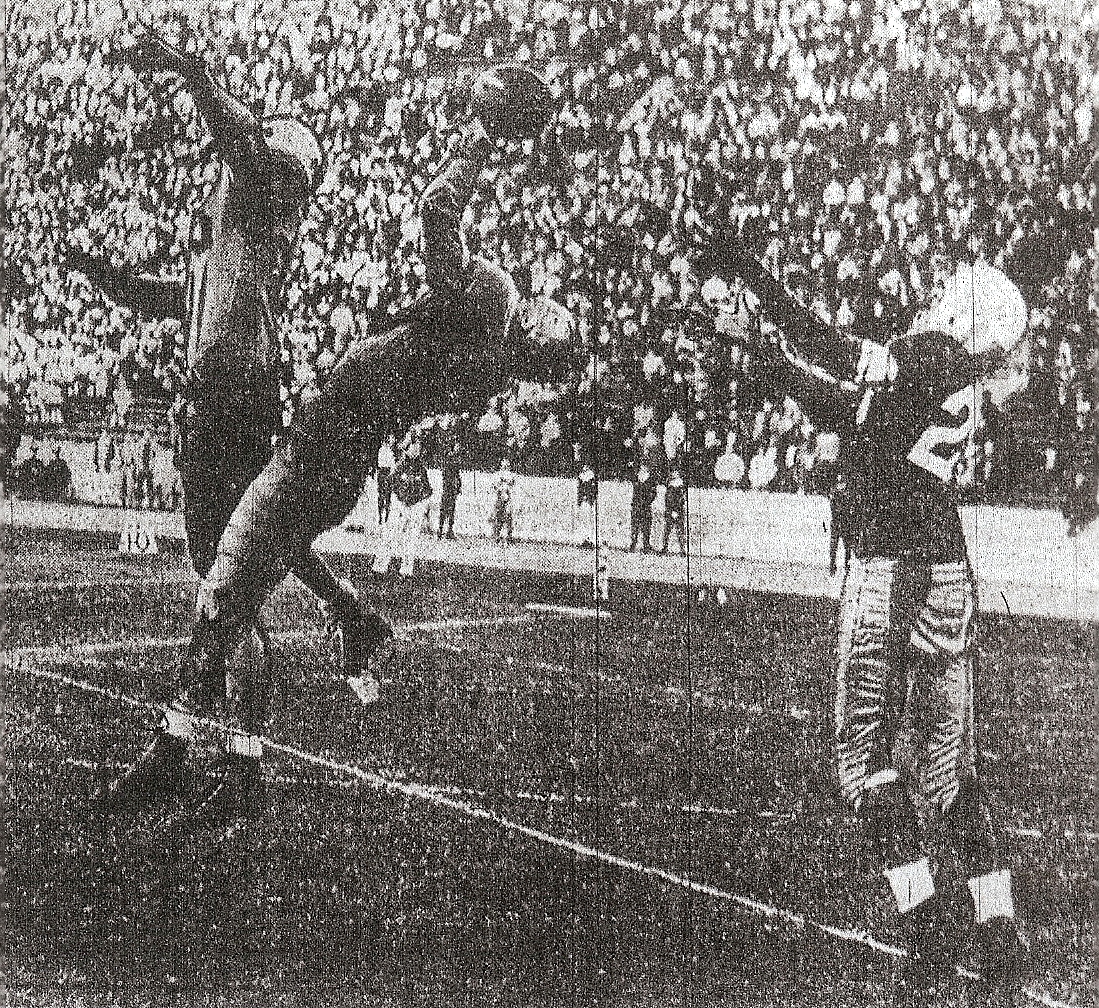
Favored Santa Monica rallied for a 13-12 victory before 26,601 persons in the Los Angeles Coliseum in what press box observers agreed was a brilliantly played contest between outstanding teams.
Bailey’s final game as the Hilltoppers’ coach turned on two blocked point-after attempts that opened a door through which Samohi wedged for the winning touchdown with 1:20 remaining.
HORN APLENTY
Until then the Hillers’ gritty defense had checked the Vikings and Dick Horn, the nation’s No. 1 high school quarterback.
Horn had completed 101 of 162 passes for 2,009 yards and 24 touchdowns as Santa Monica scored 413 points, at least 4 touchdowns every game, and won its first 11.
The Stanford-bound signal caller was just 5 for 18 for 108 yards and one touchdown with three interceptions against the Hillers’ adjusted 5-3-3 defense.
San Diego dug in and held the lead for 46 ½ minutes despite a huge, final yardage advantage for the winners, who had 17 first downs to 4 and outgained their opponents, 328-165.
Ted Ritchey ran 44 yards for a touchdown in the first quarter and Ernie Smith returned one of Horn’s passes 26 yards for a score as San Diego built a 12-0 halftime advantage.
Historian Tebb Kusserow, a former Santa Monica High player and head coach, pointed out that San Diego coach Bill Bailey switched his usual 5-3-3 defense and utilized a 4-4-3, dropping end Ernie Smith into the secondary as a fourth defensive back.
“The Vikings’ bread-and-butter play was the quick slant (96 Q) to Ike Jones,” said Kusserow. “Ernie Smith was positioned to take it away and shadowed Jones all day, effectively putting (Jones) in double coverage.”
The ploy was successful in controlling Horn’s passing, but the Hillers’ four-man front opened a door, said Kusserow:
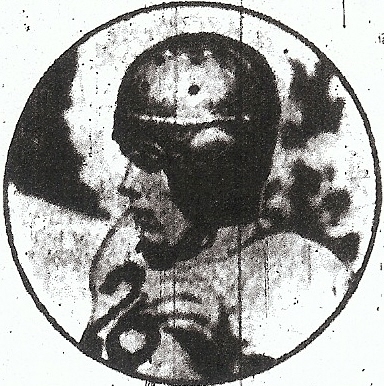
“Samohi was able, almost too late, to prosecute the run and (hit their) backside receivers.”
Horn finally marshaled an 88-yard, third-quarter drive and got Santa Monica on the board with a 30-yard pass to Lynn Wallace on the first play of the fourth quarter.
A Ritchey fumble recovered by Chuck Steiner put Santa Monica in business again and the Vikings nudged 38 yards in nine plays to Bobo Lewis’ winning, one-yard push.
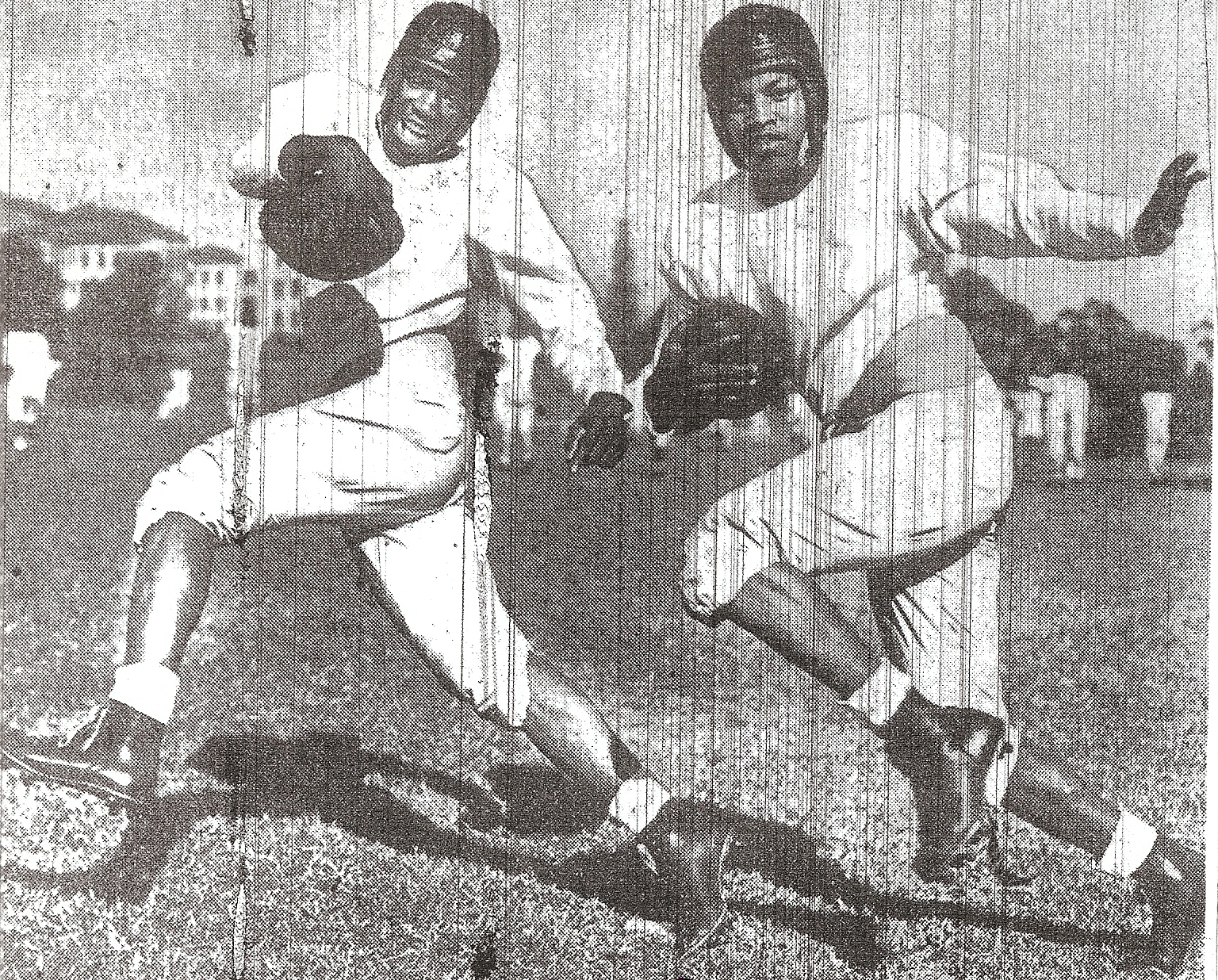
San Diego still had time.
Joe Brown returned the kickoff 55 yards to the Vikings’ 37. Ritchey advanced the ball to the 17, but the Hillers were penalized to the 32-yard line.
Ernie Smith then appeared open in the end zone but two Santa Monica defenders broke up Neale Henderson’s pass.
The gun sounded before San Diego could run another play.
The beaten Hillers soon began the three-hour bus ride back down U.S. 101, terribly disappointed and saying good bye to the coach who posted a 34-7 record in five seasons and had revitalized one of Southern California’s storied programs.
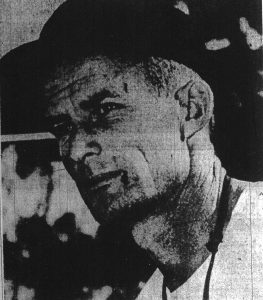
Bailey became head coach at San Diego Junior College and was replaced by assistant Duane Maley, a 1940 San Diego graduate who played at USC and would continue what became the greatest era in school history.
CALLING ALL CARS!
From the Nov. 12, 1947 The San Diego Union:
“They tossed away all the storybook finishes and produced a new one of their own yesterday as Grossmont High School put over a post-game touchdown to defeat Sweetwater High, 18-13, in a wild Metropolitan League football fracas before nearly 5,000 Armistice Day customers….
“The finish of the game came amid confusion, some fist-swinging on the part of spectators, a mad stampede on the playing field that necessitated the calling of police, and the handing down of a delicate decision by the officials….”
In order:
–Sweetwater trailed, 12-6. Grossmont was driving to another, clinching touchdown with less than three minutes to play.
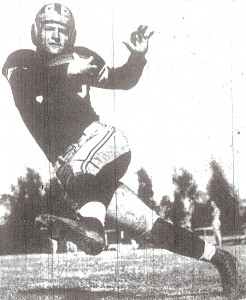
–Sweetwater’s Kenny Burns intercepted a pass by Art Preston and raced 90 yards to a tying touchdown.
–A “pass conversion”, Jim Miller to “Squeaky” Staffen, gave Sweetwater a 13-12 lead.
–Grossmont appeared dead after the Red Devils intercepted another pass following the kickoff.
–Sweetwater could not run out the clock and gave up the ball on downs at its 46-yard line.
–The Red Devils’ surrender of possession would spark a protest in which Sweetwater coach Lloyd Bishop stormed that his team was given three downs and not four by the officials.
–Head linesman Raleigh Holt was adamant that the decision to turn the ball over to Grossmont was correct, pointing out that confusion was possible after Sweetwater had been penalized for delay of game “several times” during the drive.”
–Time running out, Grossmont was on Sweetwater’s 40-yard line. Art Preston threw a long, incomplete, fourth-down pass to Ellis Craddock.
–Ball game?
–Field judge Mike Morrow ruled pass interference on Sweetwater at the Red Devils’ 11-yard line.
–Spectators, not seeing Morrow drop his flag, believed the game was over and swarmed the gridiron.
–The honest Sweetwater game timer ruled that Preston‘s pass was in the air when the timekeeper’s pistol fired to signal end of game.
–The game could not conclude on a defensive foul. Grossmont was given an additional play.
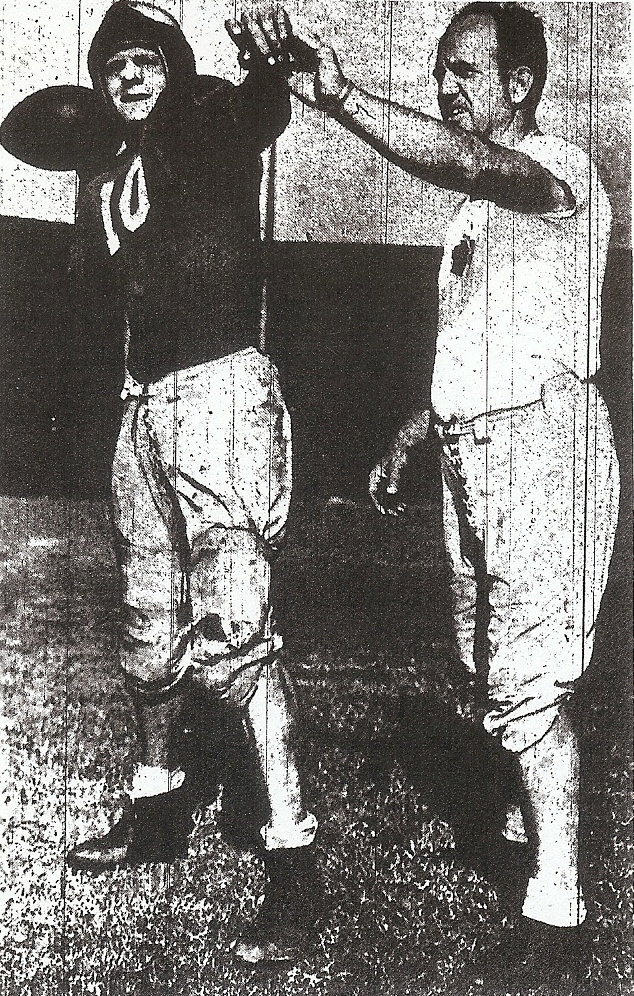
–National City Police with patrol vehicles were forced to clear the field of spectators.
–A semblance of order was restored.
–Sweetwater partisans were shocked and then enraged when Preston began a running play to his right, then stopped and passed across the field to Craddock, alone in the end zone.
–Craddock caught Preston’s pass for the winning touchdown and the Foothillers exited, quickly, to their buses.
–Police remained on site until the field and stands were clear.
–Newspaper telephone operators were flooded with calls from the South Bay.
–The Metropolitan League’s “board of directors” and representatives of all member teams met on Saturday, four days later, at the San Diego YMCA.
–The bosses were there to address a formal letter of protest from Sweetwater principal F.M. Chase to league president Dave Austin, principal at La Jolla.
(The meeting took place the day after Point Loma blanked a flat and dispirited Red Devils team, 19-0, for Sweetwater’s second loss in less than a week).
–Metro bosses upheld the Grossmont victory by a vote of 3-2.
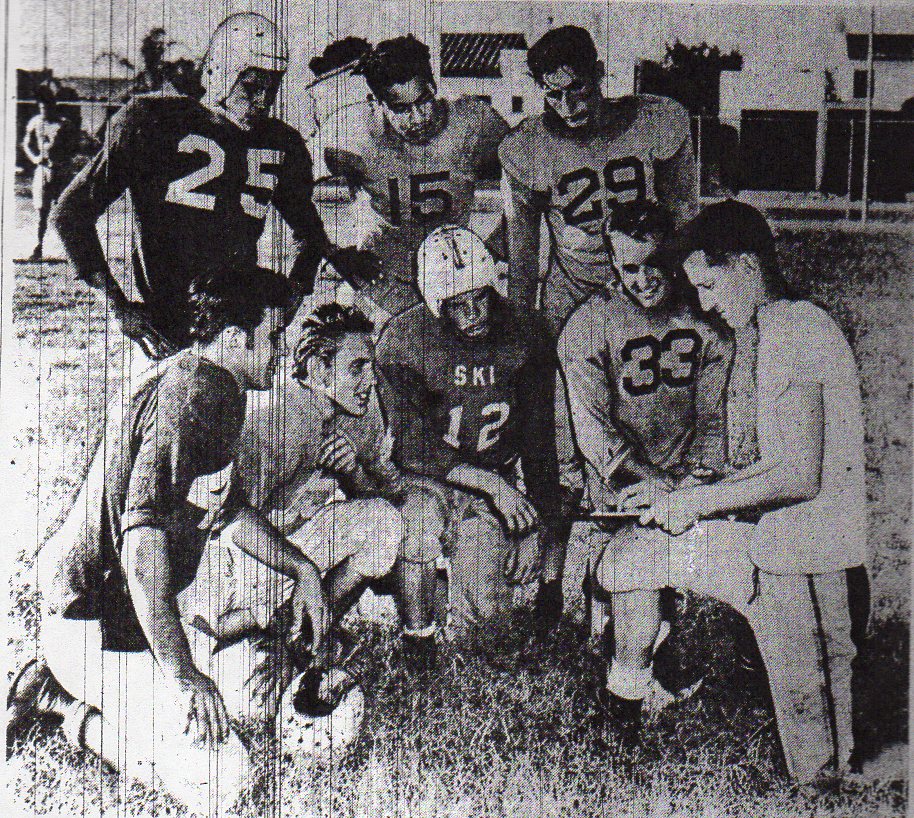
SWEETWATER BEEF DENIED
Prez. Austin declared that “there was insufficient evidence to sustain the protest.”
–The vote was after officials failed to approve a motion that game officials had erred and had allowed Sweetwater only three downs in the disputed series that preceded Grossmont’s winning touchdown.
–The motion failed by a vote of three “no” and two “yes”. Four voters abstained.
–Taken into consideration was the submitted evidence of a radio broadcast of the game and written statements by game officials (including linesman Holt), coaches and sports writers assigned to the contest.
–Possibly sensing additional protests or forthcoming legal action, the board announced “termination of its responsibility in the matter.”

LONG REGULAR SEASON
The Grossmont victory over Sweetwater, in the 30th renewal of a rivalry that began in 1920, came in a season in which the Foothillers would not compete for a Southern California minor division championship despite an overall, 9-1-1 record.
The playoffs began Nov. 29, before the Metropolitan League had completed its eight-game schedule, effectively eliminating the suburban circuit from the postseason.
San Diego High played only seven regular-season games, but most Metro clubs played at least 9 and some 10 or 11. Coronado finished with an overall record of 6-4-1.
Grossmont dropped a 31-13 decision to Hoover in what amounted to a postseason game among the County’s second and third best teams.
FRUIT OR VEGETABLE?
That’s a question often posed about the avocado, sometimes while enjoying a guacamole dip.
It’s a fruit and probably the most identified symbol of Fallbrook, the North San Diego County enclave that is an unofficial home to the native tree of Mexico.
U.S. 395 winds through the Avocado groves near the community, which was enjoying a postwar boom in football.
Coach Fred Stone’s Fallbrook High squad, 7-1 in 1946, raced to eight consecutive victories and the Southern Prep League championship this season.
The Warriors lost the first “Avocado Bowl” contest, sponsored by the local Quarterback Club, 14-7, to Torrance on Thanksgiving Day.
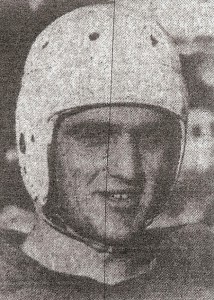
Two days later the tired and undermanned Warriors fell to Laguna Beach, 20-6, in the Southern Section minor division playoffs, but their 15-3 record over two seasons was in sharp relief to Fallbrook’s short gridiron history.
The school opened with 20 students in 1893 and didn’t field a team until 1937.
WHAT’S THE SCORE?
Results of games often (usually) were unreported in San Diego newspapers but available information revealed only 12 Fallbrook victories in the eight seasons before the school of less than 250 students found success.
This year’s team was fired offensively by all-Southern California selection Glen Crawford, who scored at least 10 touchdowns, and backfield running mate Morris (Dude) Hedrick.
Despite the postwar boom, Stone stepped down after the season and Fallbrook would enter into another period of mediocrity.
SIGNS OF THE TIMES
Convair’s XC-99, the world’s largest airplane, made its second flight Dec. 3 and was airborne over the San Diego area from 12:05 p.m. until 2:45 p.m. carrying a larger takeoff load than on its maiden flight 10 days earlier.
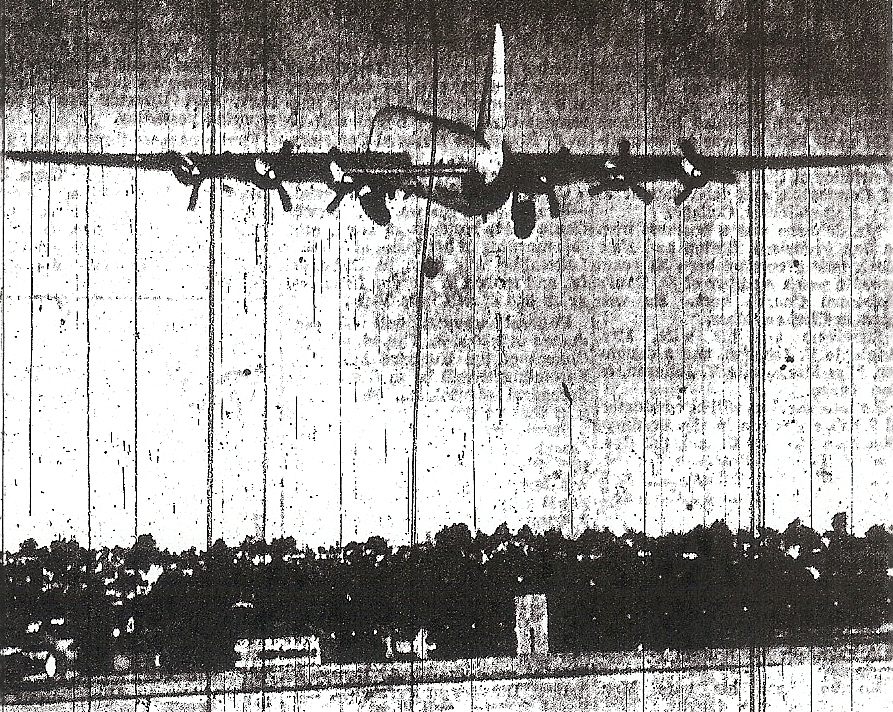
BALBOA FACELIFT
City playgrounds bosses announced plans to construct new restrooms, new concession stands, and a new press box for Balboa Stadium.
MOST PRODUCTIVE
A Guernsey cow from Lakeside set a record for milk and butterfat production. “Natalie” produced 11,600 pounds of milk and 675 pounds of butterfat, highest total ever in the Herd Improvement Division of the American Guernsey Cattle Club.
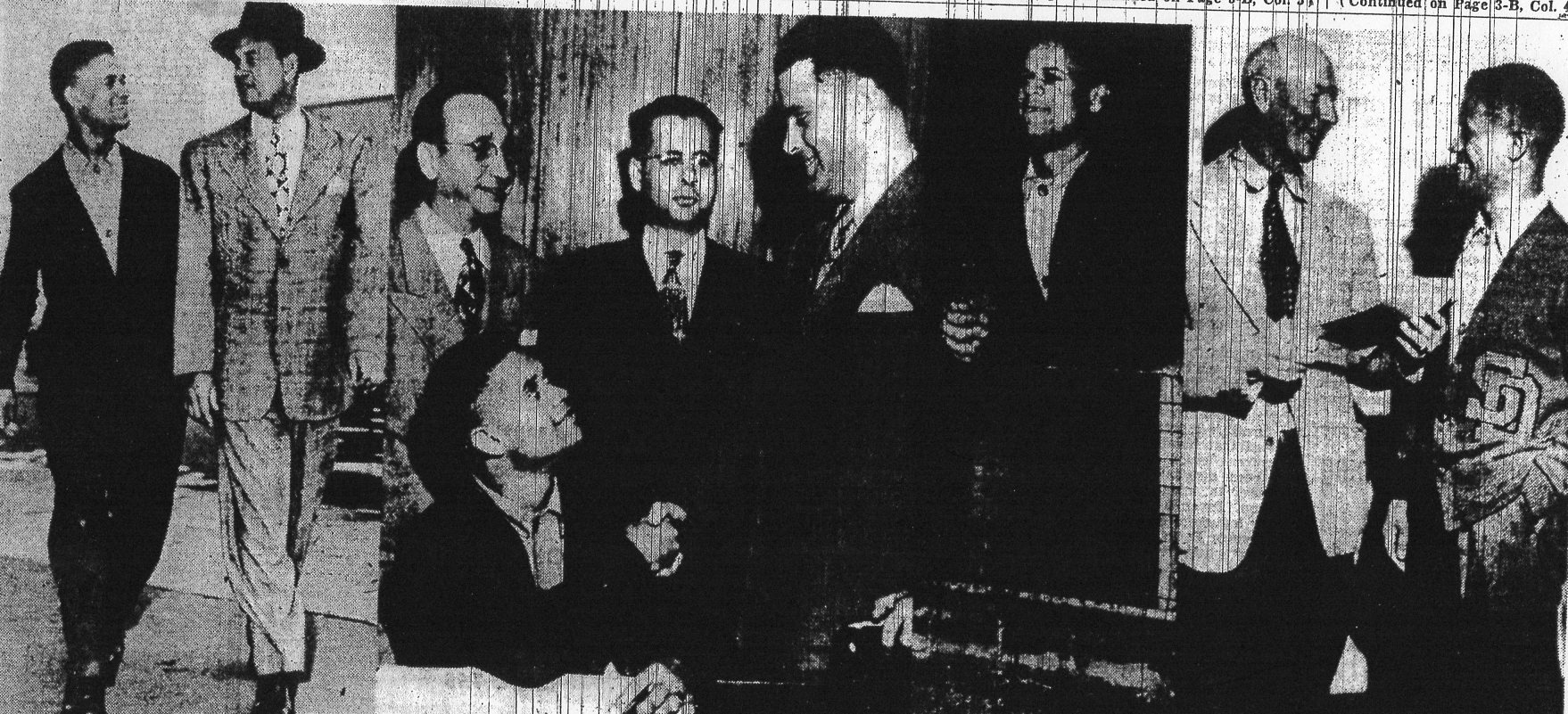
CARNIVAL ATMOSPHERE
New rules were in force at the ninth annual City Schools’ carnival, played before an overflow, standing-room crowd estimated at a hyperbolized 30,000 to 32,000 in Balboa Stadium.
There were kickoffs at the start of each, 15-minute quarter. In the past, when teams left the field, the new teams played from where the ball had last been spotted.
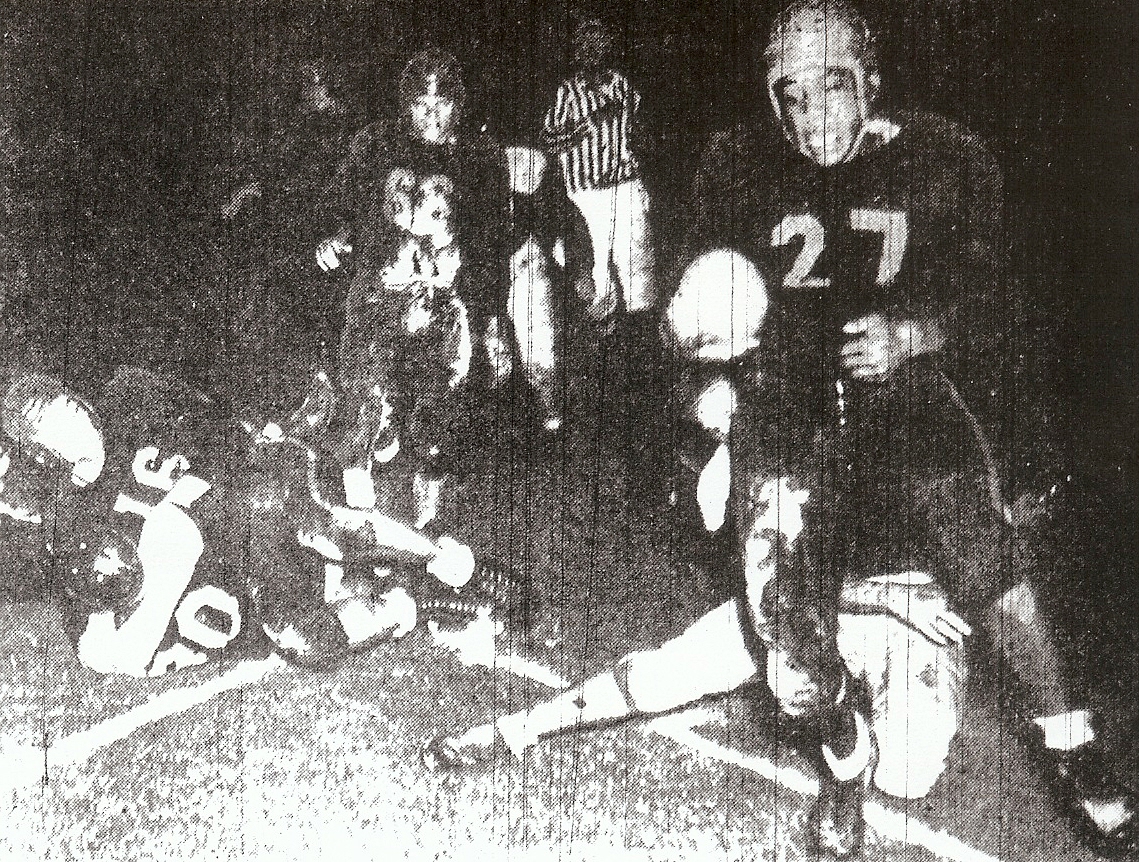
The East of San Diego, La Jolla, and Kearny defeated the West of Hoover, Point Loma, and outsider Sweetwater of the Metropolitan League, 12-6.
St. Augustine, coached by former Hoover standout Chuck Coover, was outscored, 12-0, in one quarter by Santa Monica St. Monica in the Southland Catholic League carnival at Hollywood’s Gilmore Stadium.
Not to be left out, Brown Military Academy took part in the Imperial Valley League carnival in El Centro.
EVERY DAY BUT SUNDAY?
Writer Ken Bojens suggested that, with so many high school, college, and military teams fielding teams, the crowded Balboa Stadium schedule could use a break.
Bojens suggested San Diego preps use the stadium on all other week nights than Friday, as was being done in San Francisco, according to Bojens.
The Union columnist must have been thinking ahead.
A few weeks later the Southern Section playoffs began and San Diego was scheduled to play Saturday night in the Stadium against Los Angeles Cathedral.
The Hilltoppers agreed to move their game to Friday night to allow San Diego State and Santa Barbara State on the stadium turf Saturday night.
To accommodate all, San Diego JC and East Los Angeles JC agreed to move their Metropolitan Conference game from Saturday afternoon to Friday afternoon.
GO FIGURE
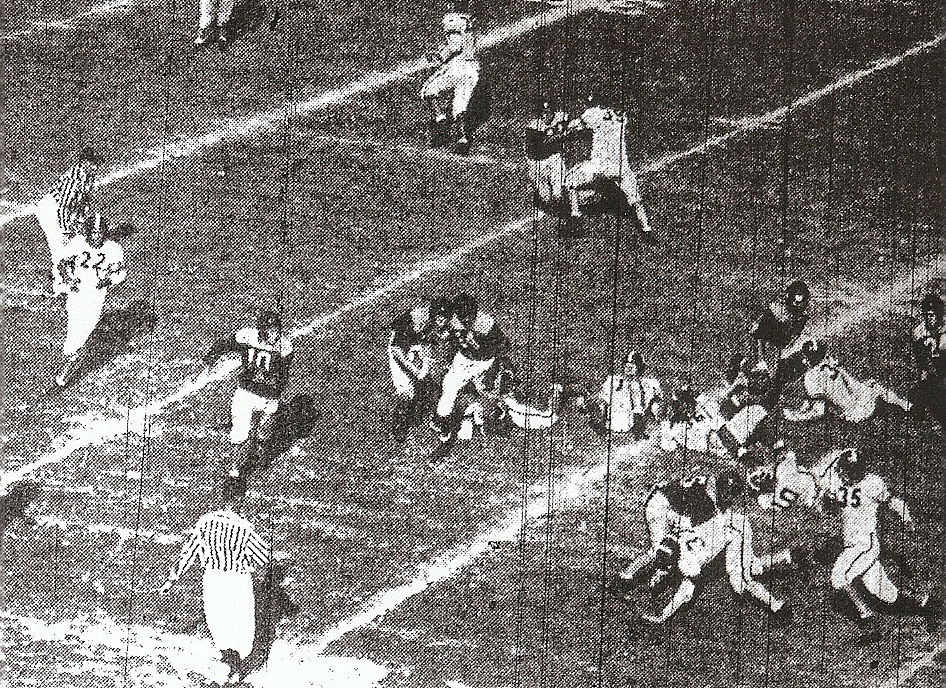
The upset of the season came when Chula Vista defeated big and established Point Loma in the Spartans second-ever game, 15-7, on a 95-yard pass interception return by Terry Shaw.
Point Loma had just scored a major surprise of its own, defeating Hoover, 18-13.
BALBOA TOO SMALL?
Big crowds at the football carnival, Hoover-San Diego, and any of the numerous military facilities’ games prompted another suggestion by Ken Bojens:
“It might be a good idea for city fathers to begin looking to the near future and formulating plans to enlarge Balboa Stadium,” said Bojens. “By the end of the season there will have been a half-dozen turnaway crowds.”
Balboa Stadium would be made larger 14 years later, from its original 23,500 seats to 34,500, when the Chargers moved South from Los Angeles.
HONORS
Hoover end Bill McColl and San Diego tackle Bob Van Doren made the all-Southern California first team. Fallbrook halfback Glen Crawford earned second-team honors and San Diego halfback Ted Ritchey was on the third team.
The 6-foot, 4 inch, 210-pound McColl, one of the city’s all-time great athletes, also was all-Southern California in basketball and baseball and competed in track, went on to become a collegiate all-America at Stanford University, and played nine seasons in the NFL for the Chicago Bears.
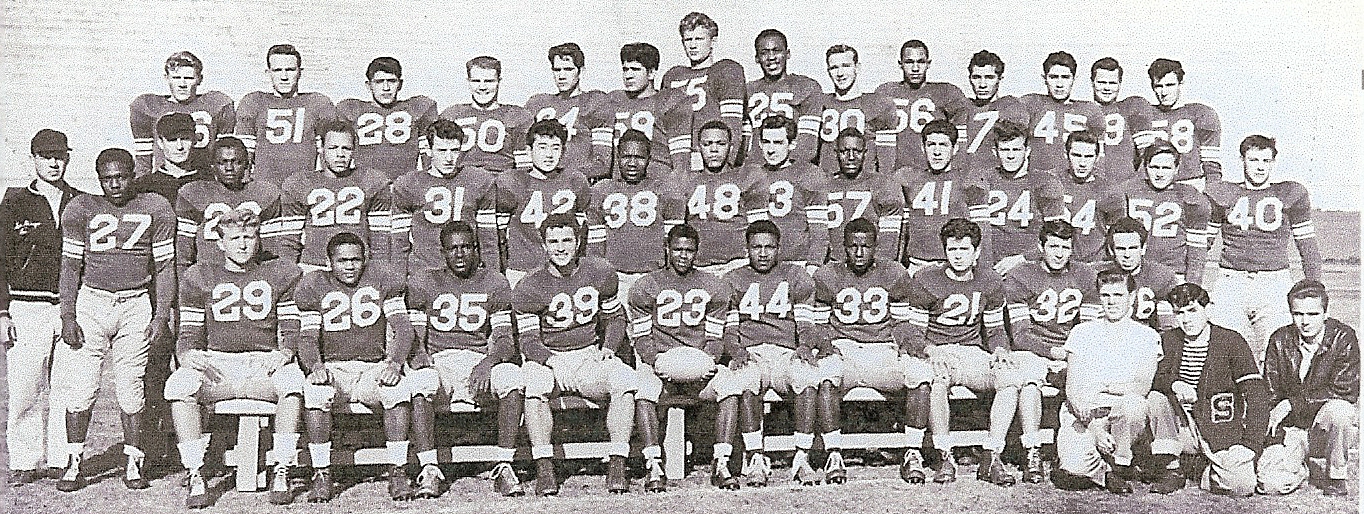
TRUE GRID
Gene Earl, who covered the high school beat for The San Diego Union, took the field and played right end for the St. Augustine alumni in its year-end game against the Saints’ varsity…card stunts were brought back after a wartime lapse, according to Jerry Brucker of the Evening Tribune, and were presented by the San Diego cheering section at halftime…the cards featured a blue San Diego High castle on white background in addition to displays honoring San Diego and Hoover…Hoover and Muir kicked off at the unusual time of 5:45 p.m. in the Pasadena Rose Bowl…the Cardinals and Mustangs had argued over game sites before agreement was reached…Brown Military coach Eddie Olds was on the roster of the Green Bay Packers of the NFL in 1946 and then hooked on with the San Diego Bombers of the Pacific Coast League…the Breitbard Athletic Foundation and auto agency Guarantee Chevrolet footed the bill to film the San Diego-Hoover game that would be shown to Monday morning quarterbacks and at school assemblies…Hoover’s Bob Miller, who scored 120 points, topped only by the 132 of Grossmont’s Art Preston, was on fire against Northern opponents…Miller had five touchdowns in a 38-15 win over San Bernardino and 4 in a 44-18 rout of Long Beach Poly…Martin Perry, who manned virtually every educational position in the Escondido school district, including head football coach at the high school from 1917-21 (while simultaneously serving as principal) announced his retirement after 30 years’ service….
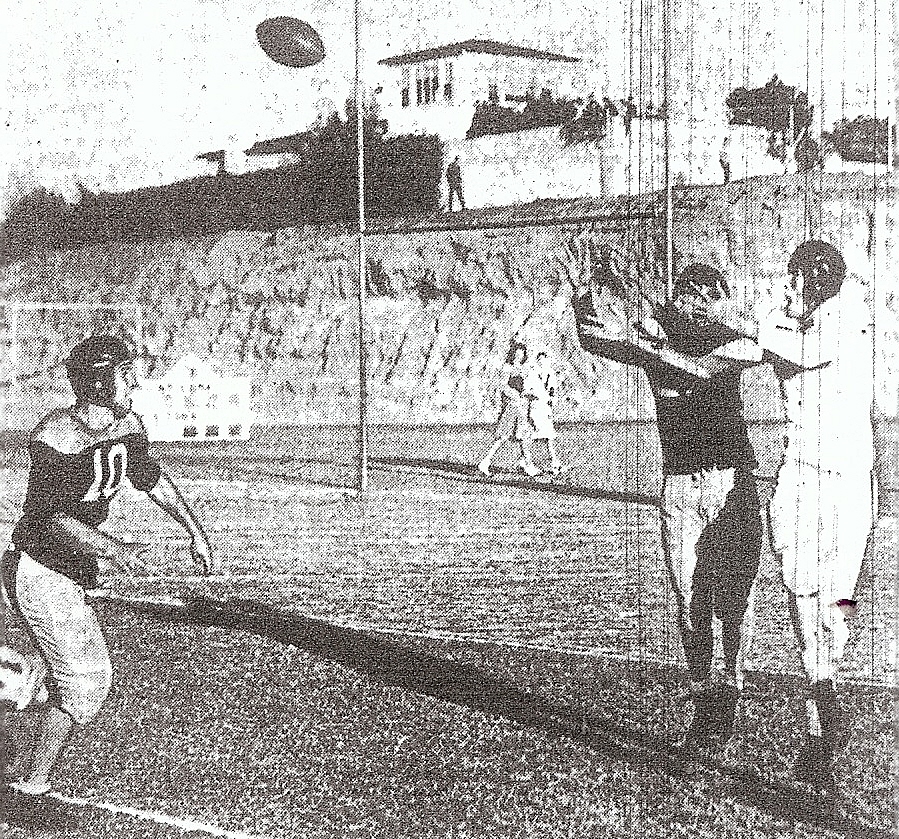

My dad played at Grossmont in 1947. He was best friends with Art Preston. Is there any way to get a photo of the Grossmont team from 1946/7/8? My dad was Howard Rasberry.